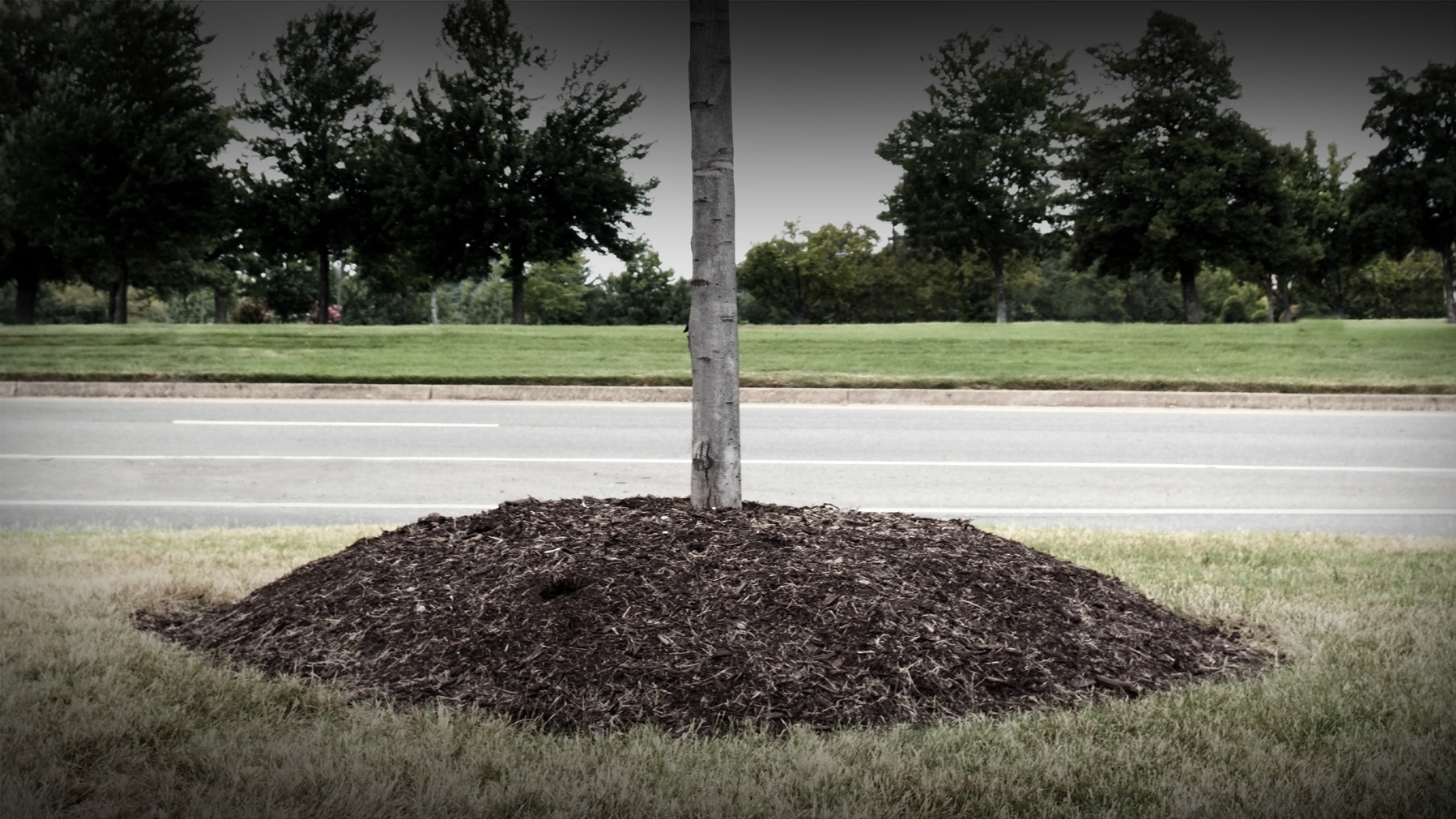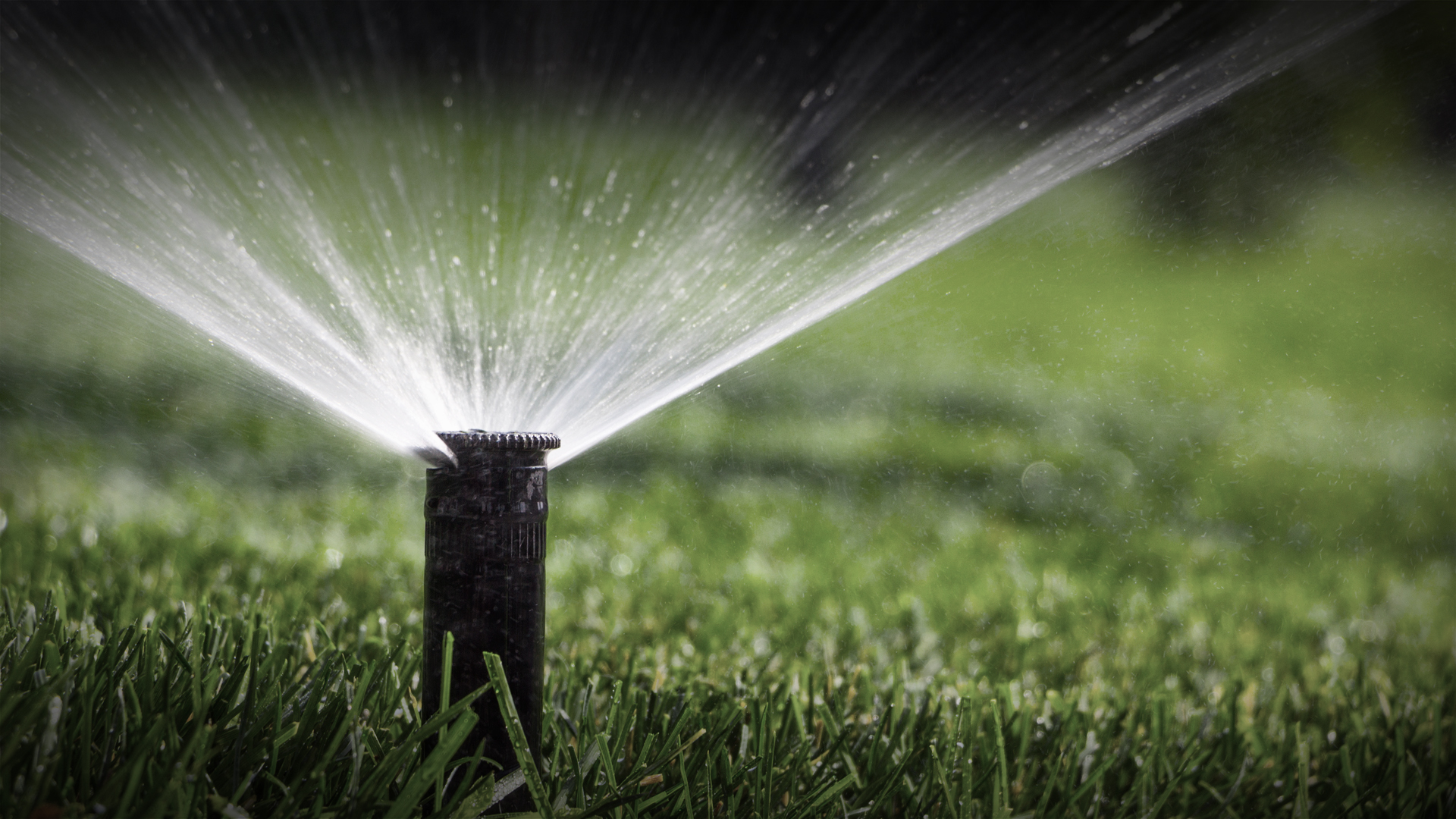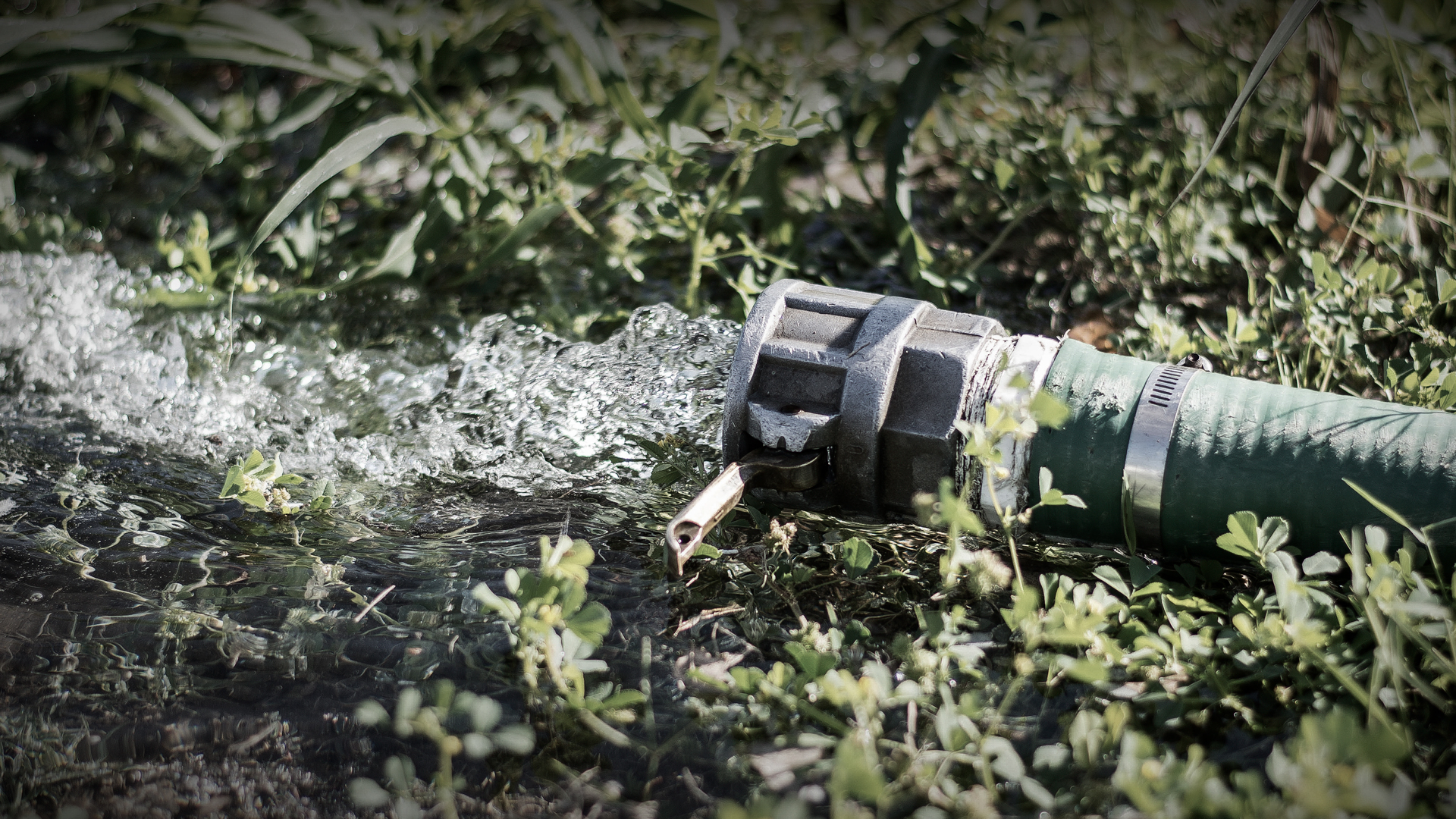Does your landscape provoke chills and thrills of B-movie horror flicks? Read on to learn the chilling truth about gardening mayhem most foul.
Despite my best efforts to discourage stranger things in the landscape, I continue to witness far too many frightening faux pas. Crape murder, watering in the dormant season, pruning without paint — oh the horror, the horror!
And there are more ghastly deeds that haunt me. Please, stop the madness!
The Rings
Placing small rings filled with soil, compost and annual plants around the base of trees is a recipe for disaster. Limited oxygen in the soil and excessive moisture on roots around the trunk provide excellent conditions for fungi, bacteria and insects to do their dirty deeds. If Mother Nature doesn’t do it, neither should you.
Horrific Heaps
Piling up mounds of mulch and compost against tree trunks is cruel and unusual punishment. Much like the rings referenced above, these prolific piles encourage all sorts of pests to enter your tree. Rule of thumb: no more than 2 inches of mulch in depth around the tree and never within 2 to 3 inches of the trunk.

Rocky Horrors
We all know how hot it can get in summer, yet I continue to see homeowners using rocks beneath trees and shrubs in full sun! Ambient air temperature above rock is 40 to 60 degrees hotter than woodchips over soil. It pains me to see the tree leaves burning above those hot rocks. Plus, the extra amount of water the tree needs to compensate gives this water conservationist and urban forester the heebie-jeebies!
Winter Watering
Seeing people watering their grass in winter makes me shudder. Your lawn is dormant and only needs one watering every 30-40 days, whether it comes from rain or supplemental water. Plus, your annual sewer bill is determined by how much water you use in winter. Use less, pay less.

Terrifying Trees
Trees don’t impact the foundation, but trees too close to a house can cause damage and increase maintenance. They also help 4- and 6-footed friends creep into your home. Scarier still? The rules for tree distances from homes were developed nationally more than 50 years ago. Yikes! Best practice: plant ornamental trees (less than 18 feet tall) at least 10 feet from your house and shade trees (taller than 30 feet) at least 15 feet away.
Haunted Hoses
These really make my skin crawl. You know the ones. Hoses left lying around, running with abandon. It’s not only wasteful, but illegal during drought stages. Please, get a timer!

Lingering Leaks
These are the most dreaded among SAWS’ conservation staff. Ghostly flushing toilets, faucets that go drip in the night, cracked irrigation heads — they all creep up on you without notice leaving you with monstrous water bills. Fear not, our Flow Sensor Rebate can help you detect secret seeps before they happen. And, SAWS can help you solve your water-use mysteries.


